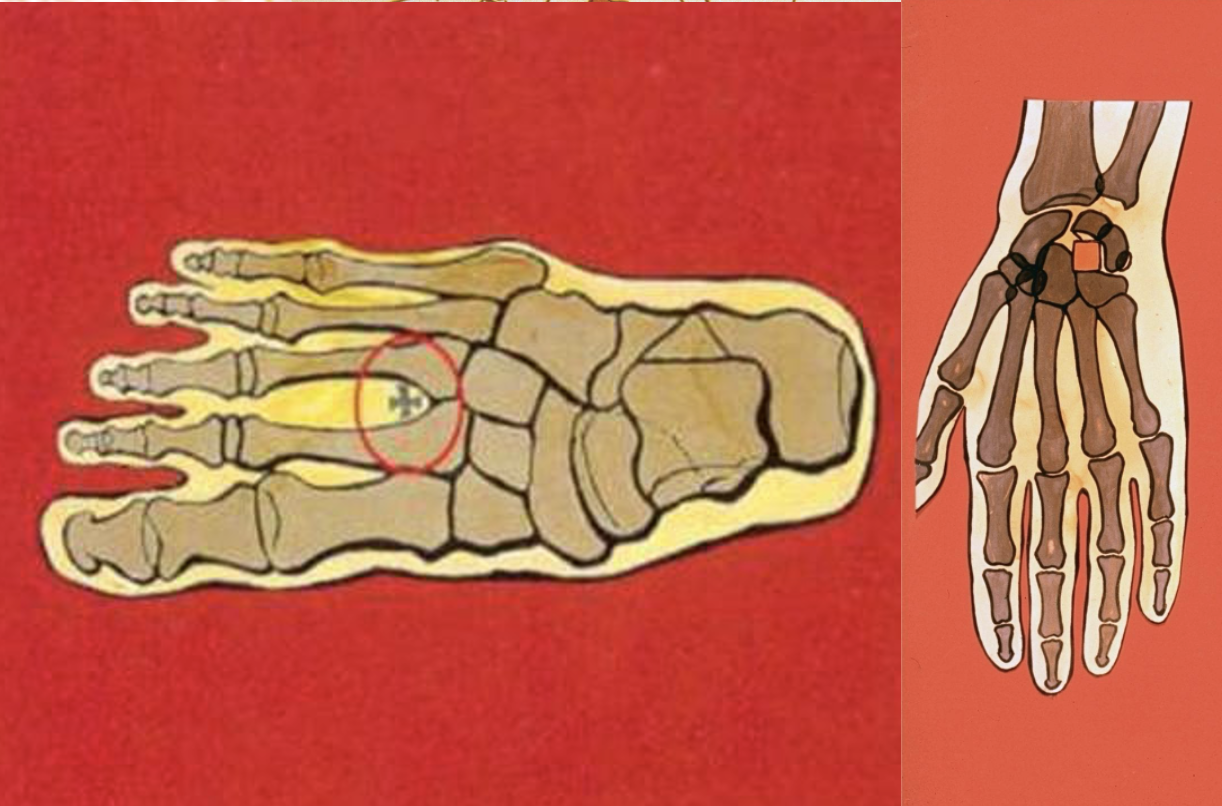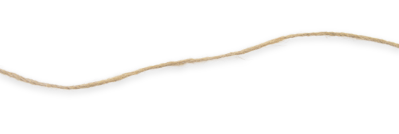The Gospels don’t give us a lot of details about Jesus’ crucifixion. But thanks to the work of scientists, historians, and archaeologists, more information is being learned all the time.
Slow, Agonizing Torture
The Romans didn’t invent crucifixion, but they certainly perfected it. This method of execution was meant to humiliate the victim, inflicting slow, agonizing pain and suffering. Crucifixion was reserved for slaves, foreigners, rebels, and those accused of the worst crimes.
On the Shroud of Turin, there are three distinct wounds from crucifixion: two pierced feet and a pierced left wrist. The left hand covers the right, but blood from the right wrist is visible.
Nails in the Wrists
Traditional paintings of Jesus on the cross show his hands nailed in the palms. But this is anatomically impossible. The weight of the body would have ripped the hands away from the cross.
However, there is a small spot in the human wrist where a nail can be driven without shattering any bones. Surrounded by bone, this nail could support the weight of a body on the cross. And this is precisely what is foundon the Shroud. The nail wounds go through the wrist instead of the palms.
The feet were nailed to the cross either individually or together with a nail through both. To secure the feet, the kneeswere bent and the legs turned sideways. The Shroud has a bloody footprint where the right foot was placed flat on the linen cloth, and the left foot, which was still bleeding, was placed over it.
Cause of Death on the Cross
Most crucifixion victims died by asphyxiation—they ran out of strength to breathe.
Once nailed to the cross, victims were forced to breathe by alternating between two positions on the cross
- Down: The weight of the hanging body pushed the body forward, compressing the lungs and cutting off air.
- Up: To exhale, the crucified victim had to push up on his nailed feet and flex his shoulders, to pull up. Every breath would be agonizing and exhausting.
Scientists know the man of the Shroud alternated his body between these two positions because the blood flows from his wrists in two directions.
Jesus’s Death: A Different Cause?
By the time Jesus was nailed to the cross, he had been severely beaten and had fallen multiple times with the heavy crossbeam on his back. This caused fluid to build up around his heart, making it harder to pump. Eventually, his heart may have ruptured, resulting in sudden death.
In essence, Jesus died from a broken heart.
No Broken Legs
Sometimes the Romans sped up a victim’s death by breaking his legs with a mallet. This prevented the victim from pushing up to breathe, so he died after just a few minutes.
But on the Shroud, there is no evidence of broken legs. The Gospel of John records that when the soldiers came to Jesus, they saw he was already dead, so they did not break his legs.
Take Away
The Gospel of John records that when the soldiers came to Jesus, they saw he was already dead, so they did not break his legs. Why was it important to John to add this detail to his account of the crucifixion of Jesus?



